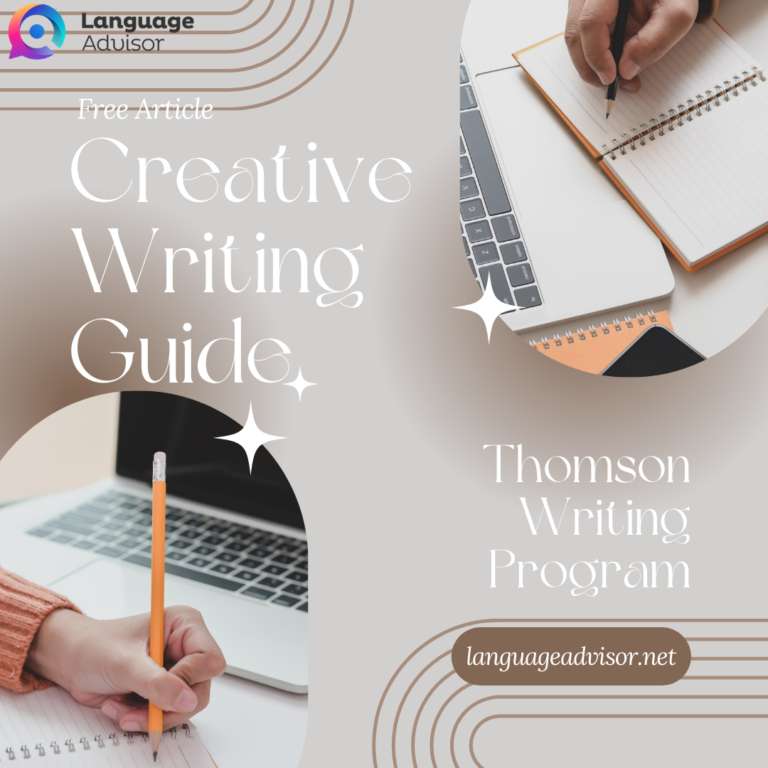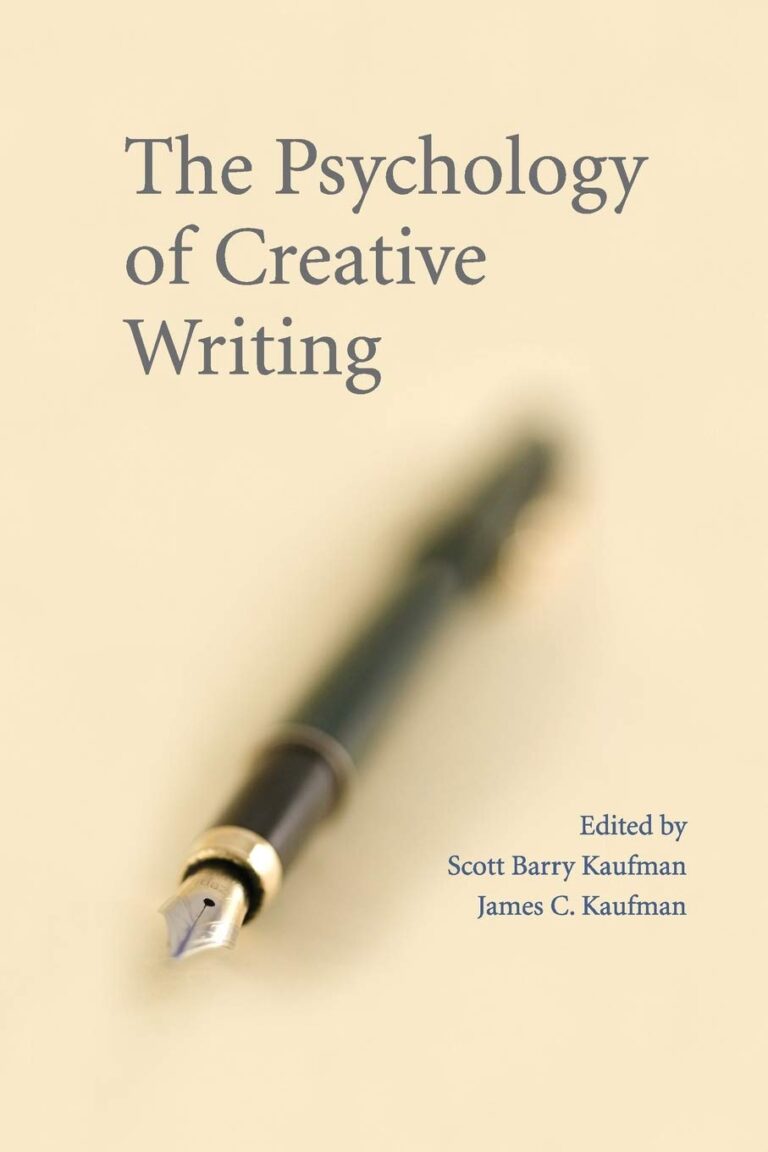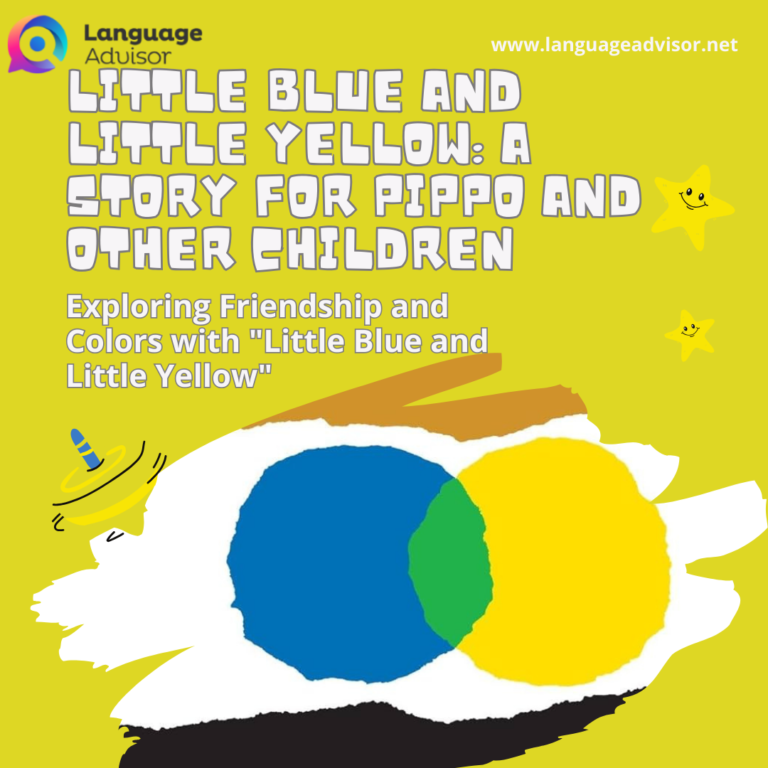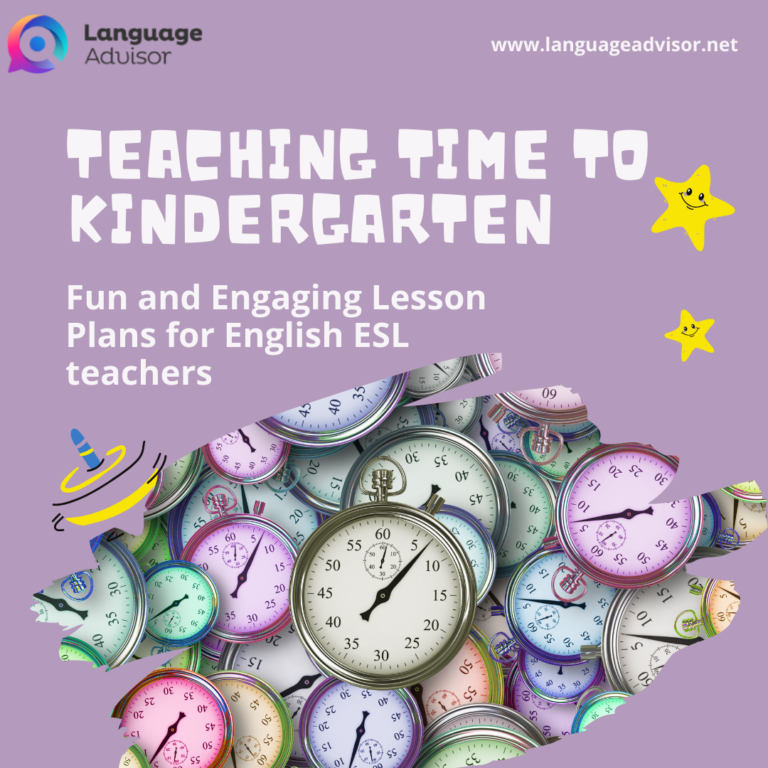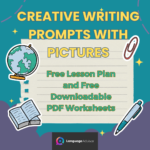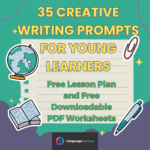Simple Sentence Writing Prompts. Writing Simple Sentences for Kindergarden with Lesson Plan and Free Worksheets and Free PowerPoint
Simple Sentence Writing Prompts



Simple Sentence Writing Prompts
Objective
By the end of this lesson, students will be able to construct simple sentences using subject-verb agreement and basic vocabulary.
Target Audience
This lesson is designed for young learners in the age group of 6 to 8 years old.
Duration
Approximately 45 minutes to 1 hour.
Materials:
- Whiteboard or chalkboard
- Markers or chalk
- Sentence strips or index cards with simple words
- Pictures representing nouns and verbs
- Worksheets for sentence practice
- Pencils and erasers
- Storybook with simple sentences (optional)

Warm-up (5 minutes)
Begin the lesson by engaging the students in a short warm-up activity. Show pictures representing nouns and verbs to the class. Ask students to identify the actions and the objects in the pictures. Encourage them to form simple sentences using the words they see.
Introduction (20 minutes)
Explain to the students that today, they will learn how to create simple sentences. A simple sentence has a subject (who or what the sentence is about) and a verb (the action the subject is doing). Write a few examples of simple sentences on the board to illustrate this concept.
Example:
- The cat sleeps.
- The boy runs.
Show this PowerPoint
Guided Practice (15 minutes)
Divide the students into small groups or pairs. Distribute the sentence strips or index cards with simple words to each group. Instruct them to work together to create as many simple sentences as they can using the provided words. Walk around the class to provide guidance and support.
After the activity, ask each group to share one or two sentences they created. Write these sentences on the board for everyone to see. Discuss the different sentence structures and the importance of subject-verb agreement.
Independent Practice (30 minutes)
Provide each student with a worksheet containing pictures of common nouns and verbs. Instruct them to use the pictures to create simple sentences. Remind them to pay attention to subject-verb agreement. For example, if the picture shows a girl, the verb should match, such as “The girl sings.”
Below are several worksheets that you can utilize for your teaching

Wrap-up (5 minutes)
Gather the students together and have a mini “sentence showcase.” Ask volunteers to read their sentences aloud to the class. Praise their efforts and offer constructive feedback if needed.
Extension Activity (Optional)
Read a storybook with simple sentences to the class. After reading each sentence, ask the students questions about the story to check their comprehension. Encourage them to share their thoughts and ideas about the story.
Homework
Assign a simple sentence writing homework. Ask the students to write five to ten simple sentences about their favorite activities, animals, or family members. They can draw pictures to accompany their sentences.
Assessment
Observe the students’ participation during the guided practice and their ability to construct simple sentences correctly during the independent practice. Review their written homework to assess their grasp of the subject-verb agreement and sentence structure.
Remember to make the lesson fun and engaging to keep the young learners excited about learning simple sentence writing. Provide positive reinforcement and encouragement throughout the lesson.

For additional practice, be sure to explore this website. Simply click the link below.

For additional resources on creative writing, also check out these posts

Also Check out These English Lesson Plans for Young Learners





